What is an ISA?
https://www.ellisbates.com/wp-content/uploads/2022/10/What-is-an-ISA.jpg 560 315 Jess Easby Jess Easby https://secure.gravatar.com/avatar/0e2a278e0eef1defdd7ee9d0ae7bb398?s=96&d=mm&r=g
Individual Savings Accounts (ISAs) aim to encourage UK residents to plan for their financial future by saving and investing in a tax efficient way.
What is a Cash ISA?
A cash ISA works mainly like a traditional savings account. You can open a cash ISA if you are a UK resident aged 16 or over and it allows you to save money and pays you interest. However, when you hold a cash ISA you do not pay any tax on interest you earn. With a bank or building society account you pay income tax on earnings exceeding £1,000.
Why open a Cash ISA?
Paying into a Cash ISA is often seen as the safest option as your savings aren’t subject to the ups and downs of the investment markets. You typically get an income and easy access to your money. However, an important factor to consider is the effect of inflation on your savings over time. With interest rates being so very low, the purchasing power of your money in real terms will decline over time.
What is a Stocks and Shares ISA?
With a Stocks and Shares ISA, your money is invested in assets such as shares, bonds, property and commodities. As the investment is tax privileged no tax is applied on capital gains you make or income such as interest and dividends you earn. You can keep everything you earn from your investment after all management charges.
You can pay into a stocks and shares ISA if you are a UK resident aged 18 or over.
What are the risks of a Stocks and Shares ISA?
Holding a Stocks and Shares ISA does present some risk since there is no guaranteed return and the value of your investment could go down. However, it also gives you the chance to earn higher returns than you could expect from cash savings.
One way to mitigate your risk is by remaining invested over the long term as this typically helps you smooth out the ups and downs of the market and gives your money time to benefit from the power of compounding.
What is a Lifetime ISA?
Paying into a lifetime ISA allows you to save for your first home or your retirement and you don’t have to pay any tax on income you receive, nor capital gains tax. With this type of ISA, you will receive a 25% uplift on any amount you put in, up to a maximum uplift of £1,000 per year. This bonus is given every month and you’ll then receive interest or potential investment growth arising.
Opting for a lifetime ISA means you’ll hold cash or investments or a combination of both.
Lifetime ISAs come with many rules, for example:
- You must be at least 18 years of age but under 40 to start a lifetime ISA.
- The maximum you can put in each year is £4,000.
- You can contribute until your 50th
- If you intend to purchase a house you must be a first-time buyer, meaning you have never owned a property in the UK, and the house you wish to buy must cost £450,000 or less.
What is a Junior ISA?
A Junior ISA allows you to give your children a head start in life. You can open a Junior ISA for your child at any time as long as they are under 18, live in the UK and don’t already have a child trust fund. The amount you can put into your child’s Junior ISA each tax year is limited to £9,000.
When looking to open a Junior ISA you can choose to pay into a Junior Cash ISA, a Junior Stocks and Shares ISA, or both, as long you don’t go over your child’s annual allowance.
As with any investment, it is wise to get professional advice to ensure your investment strategy is in line with your personal risk tolerance and that the type of investment is appropriate to meet your personal needs and objectives.


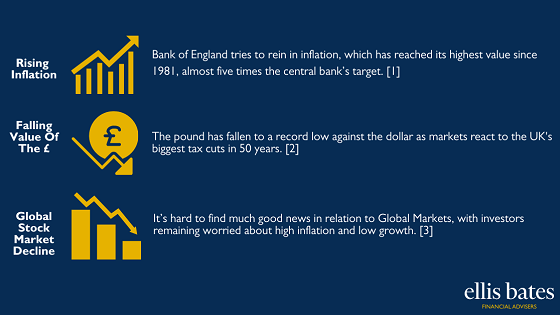
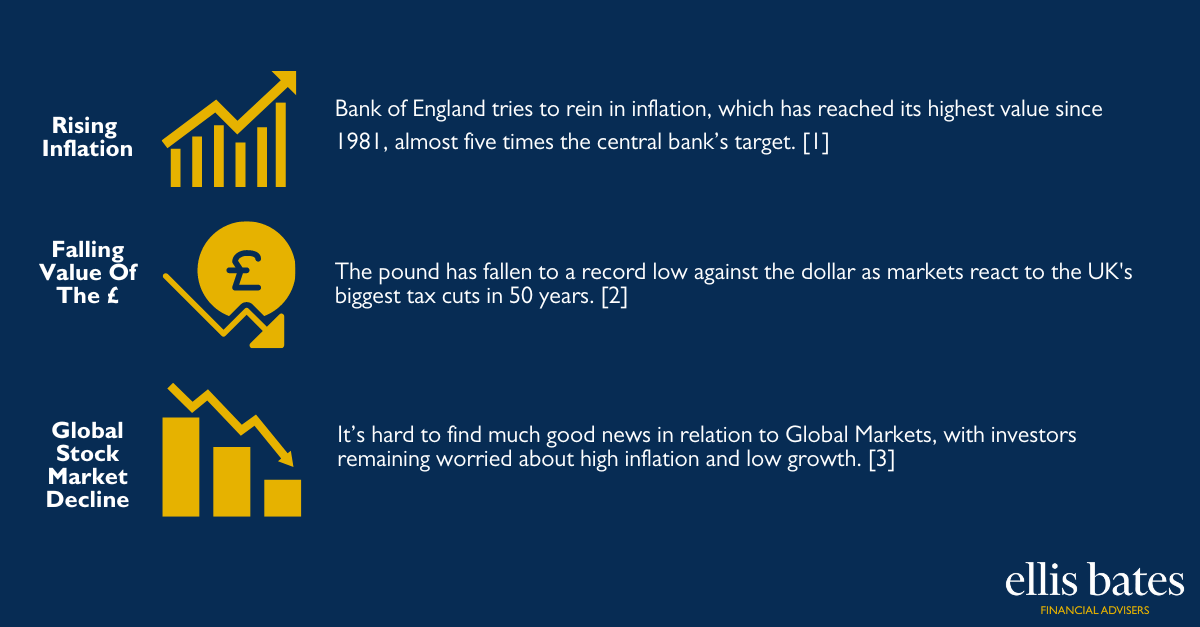
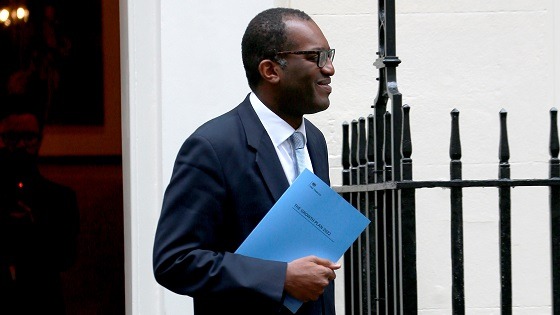

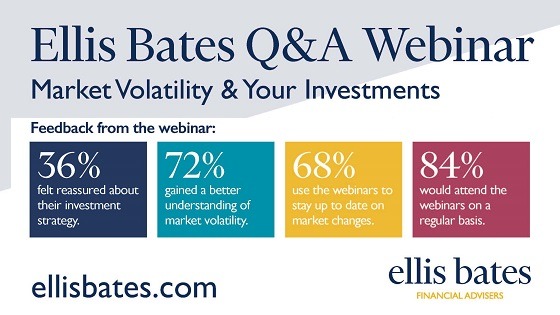
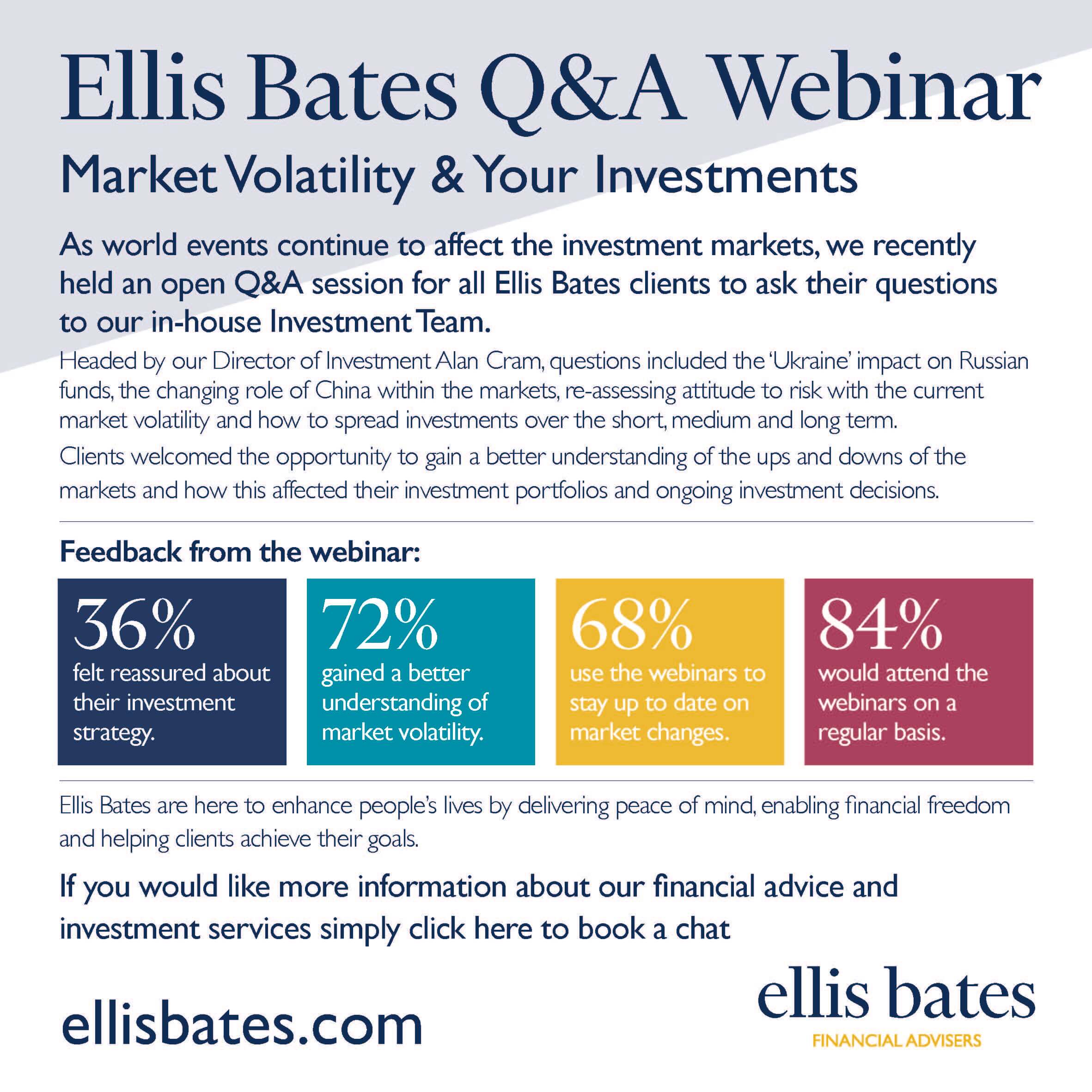


 Why now is the time to make sure you protect your wealth.
Why now is the time to make sure you protect your wealth.